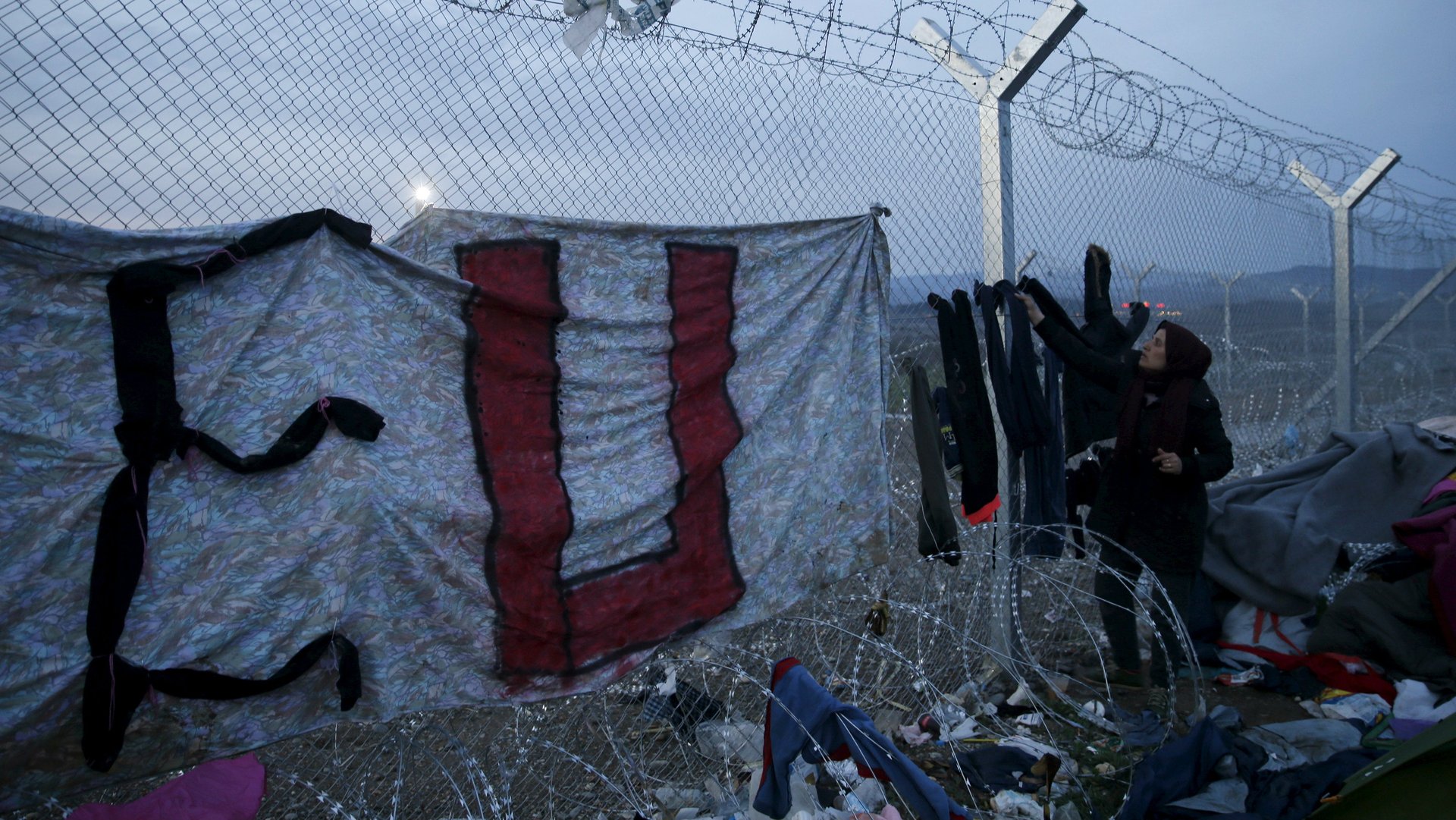These are the routes being closed off to refugees fleeing into Europe
Refugees trying to reach Europe are now running out of options.


Refugees trying to reach Europe are now running out of options.
Europe was gripped was record-breaking refugee crisis last year, where more than a million migrants and refugees crossed into Europe. The crisis shows no signs of settling down, with the number of migrants and refugees arriving this year on pace to smash last year’s record. In the last two months, the number of arrivals has already exceeded what took six months in 2015.
Several countries—including a number of Balkan states—are closing down some of the paths that smugglers have exploited to get people into the EU. In the last month, a number of European countries have closed or severely restricted the major routes used by hundreds of thousands of refugees to get into the EU. German Chancellor Angela Merkel has condemed European countries for “unilaterally” closing the Balkan routes for refugees.
- Hungary responded by building a razor-wire barrier on its border with Serbia, and later with Croatia after having 3,000 migrants and refugees crossing into the country in one day last year. The fences had effectively sealed of those routes. Hungary is now threatening to erect a fence along its border with Romania.
- Austria erected a four-kilometer-long fence at the Slovenian border, deployed armed forces around the border. and last month limited asylum applications to 80 a day and the number of people allowed to transit through the country to 3,200.
- Macedonia, Croatia, and Slovenia all announced this week that they will no longer be letting migrants and refugees through their borders with Greece. Croatia will only be allowing those with proper visas in, while Slovenia will only allow migrants who want to seek asylum or those with humanitarian needs through. This has effectively shut down a Balkan route into the EU, leaving some 13,000 migrants and refugees stranded at the border. Slovenia’s prime minister said: “The so-called western Balkan route for irregular migrants is no more.”
- As the Balkan routes are sealed, migrants and refugees may try to cross through Albania. In the 1990s, more than 250,000 people crossed into Greece after the government collapsed.
- Bulgaria is also another potential route into Western Europe—though it does have a barrier along some of its border.
- Turkey, which borders Syria, has agreed a deal with the EU to reduce the flow of refugees to both nations. The controversial deal involves a one-for-one swap: a Syrian in Greece will be sent to Turkey in exchange for a Syrian in Turkey who qualifies for asylum somewhere in Europe. Human Rights Watch have slammed the so-called “one in, one out” scheme, arguing it “contradicts EU principles guaranteeing the right to seek asylum.” The UN has warned the deal could violate international law.